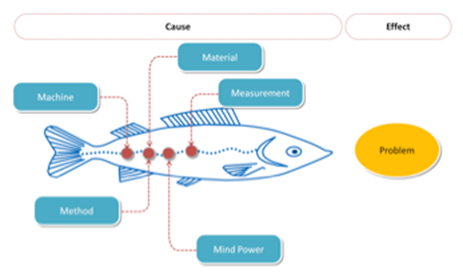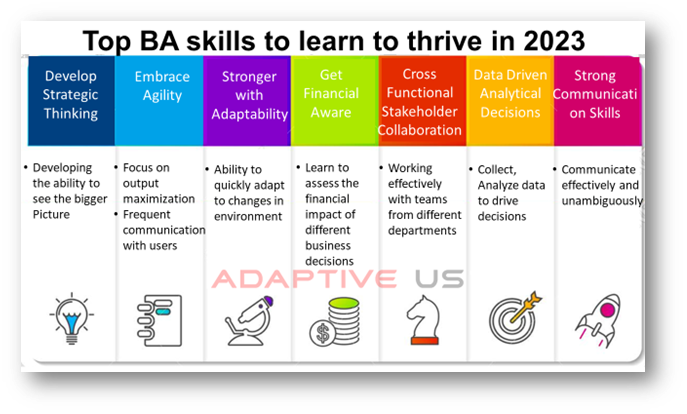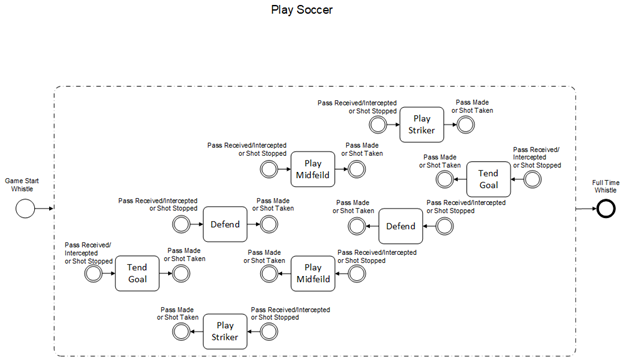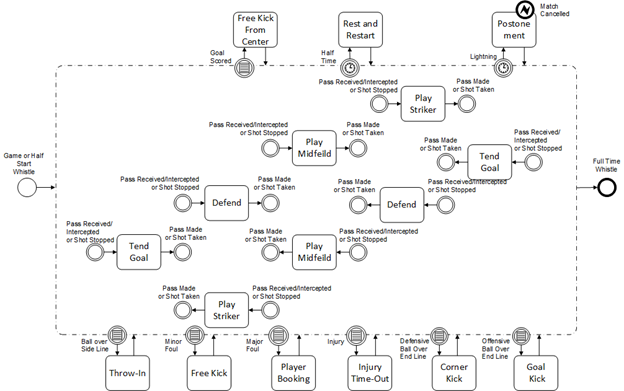Business Analysis Amalgamation with Product Management
In today’s fast-paced business environment, organizations constantly seek ways to improve their processes, products, and services. Business Analysis and Product Management are two key areas essential to achieving these goals. Traditionally, these functions have been viewed as separate disciplines, with Business Analysts focusing on identifying and analyzing business requirements, while Product Managers focus on the development and management of products and services.
However, there has been a growing trend towards amalgamating these two functions to create a more integrated approach in recent years. By combining Business Analysis with Product Management, companies can benefit from a more holistic understanding of customer needs, more effective use of data, and improved collaboration and communication between teams.
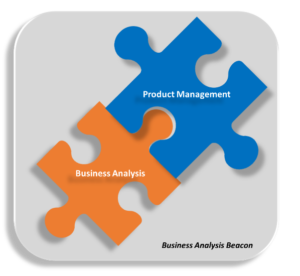
An Overview of Business Analysis and Product Management:
Business Analysis is the process of identifying, analyzing, and documenting business requirements, processes, and workflows. The role of a Business Analyst is to help organizations improve their processes and systems by identifying areas of improvement, gathering and analyzing data, and making recommendations for change. Business Analysts often work closely with stakeholders and other teams within an organization, including IT and project management.
Product Management, on the other hand, is focused on developing and managing products or services. The role of a Product Manager is to identify market opportunities, define product requirements, and work with cross-functional teams to bring products to market. Product Managers must have a deep understanding of customer needs and market trends and/ or the ability to manage budgets, timelines, and resources.
Benefits of Amalgamating Business Analysis and Product Management:
While Business Analysis and Product Management are distinct roles, there are many benefits to amalgamating the two functions. Here are a few of the key advantages.
- Better understanding of customer needs:

One of the key benefits of amalgamating Business Analysis and Product Management is the ability to better understand customer needs. By working together, these two functions can create a more complete picture of customer requirements, preferences, and pain points. This can lead to better product design, more effective marketing, and higher customer satisfaction.
- Alignment towards Business Goals:

Amalgamating Business Analysis and Product Management also improve team collaboration and communication. These two functions can ensure that everyone is aligned on business goals, product requirements, and timelines. This can lead to better project outcomes and faster time to market.
Advertisement
- More practical use of data:
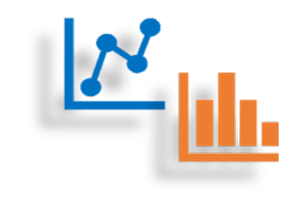
Another benefit of combining Business Analysis and Product Management is effectively using data. Business Analysts are skilled at collecting, analyzing, and interpreting data, while Product Managers deeply understand market trends and customer needs. These two functions can leverage data to improve product design, pricing, and marketing decisions by working together.
- Faster problem-solving:

Amalgamating Business Analysis and Product Management also lead to faster problem-solving. By having a team of experts who can analyze data, identify issues, and recommend solutions, organizations can respond more quickly to changing market conditions or customer needs. This can help companies stay ahead of the competition and achieve their business objectives more effectively.
- Better outcomes over outputs:

Finally, combining Business Analysis and Product Management can improve project outcomes. By working together, these two functions can ensure that products are designed to meet customer needs and that projects are delivered on time and within budget. This can lead to improved customer satisfaction, increased revenue, and a stronger competitive position in the market.
The amalgamation of Business Analysis and Product Management can benefit organizations looking to stay ahead in today’s competitive business landscape. By combining these two functions, companies can improve collaboration and communication, better understand customer needs, use data more effectively, and achieve better project outcomes. Whether a small start-up or a large enterprise, an integrated approach to Business Analysis and Product Management can help you achieve your business objectives more effectively.



